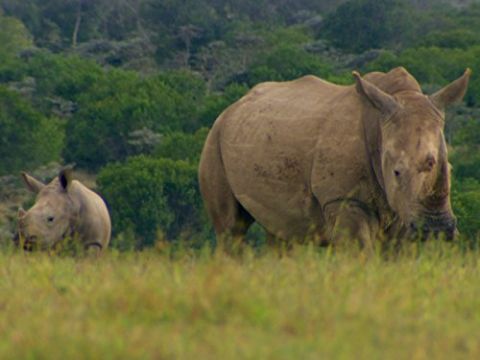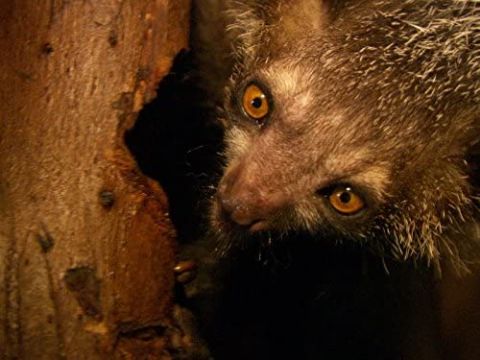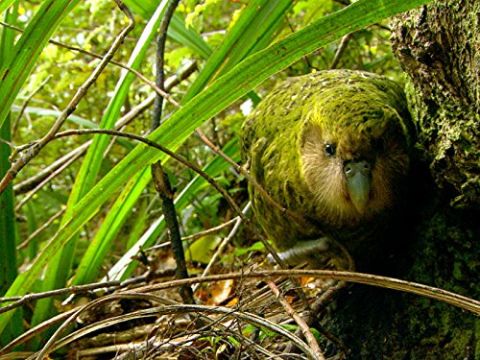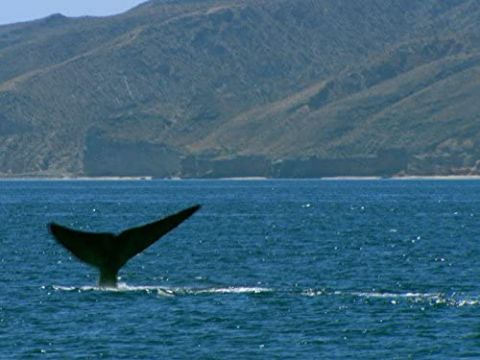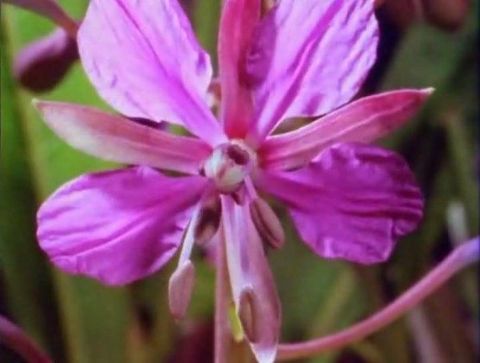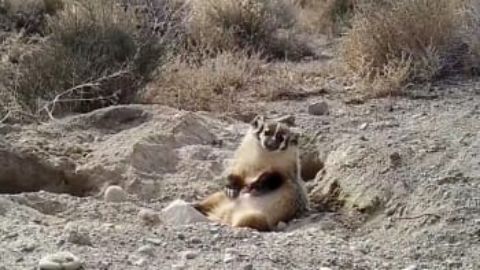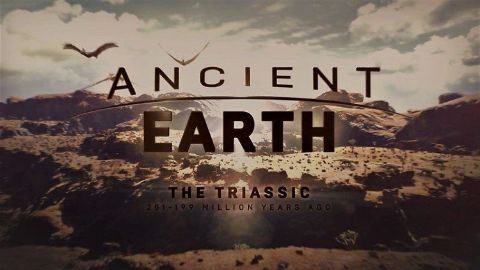Last Chance to See • 2009 - 2010 • 8 episodes •
Stephen and Mark set out to discover how the lugubrious Amazonian manatee, a freshwater mammal, has survived the last two decades.
2009 • Nature
On a journey across Africa towards the war-torn Congo, the travellers encounter chimpanzees, gorillas and elephants, but are there any northern white rhinos still alive in the wild? The news is not good but there is some hope in the remarkable project under way to save the black rhino in Kenya.
2009 • Nature
On a journey through Malaysia and Indonesia to track down the deadly Komodo dragon, the travellers help to release turtles into the wild and encounter one of the deadliest snakes on earth.
2009 • Nature
In a dramatic conclusion to the series, the travellers have a close encounter with grey whales and meet the deadly Humboldt squid in a search for the mighty blue whale, the biggest creature that has ever lived.
2009 • Nature
Stephen Fry and the zoologist Mark Carwardine follow attempts to move the world's rarest rhinos from a snowy zoo in the Czech Republic, to the expanses of Kenya in the hope that they will breed in the wild. With only eight of these creatures left on earth, the mission becomes a race against time to save the Northern White Rhino from extinction.
2010 • Nature

